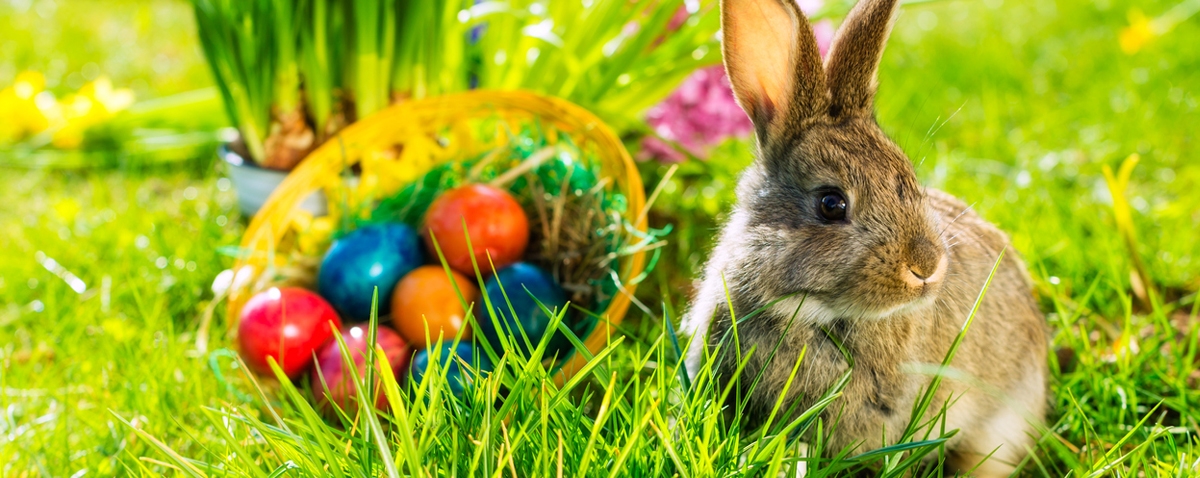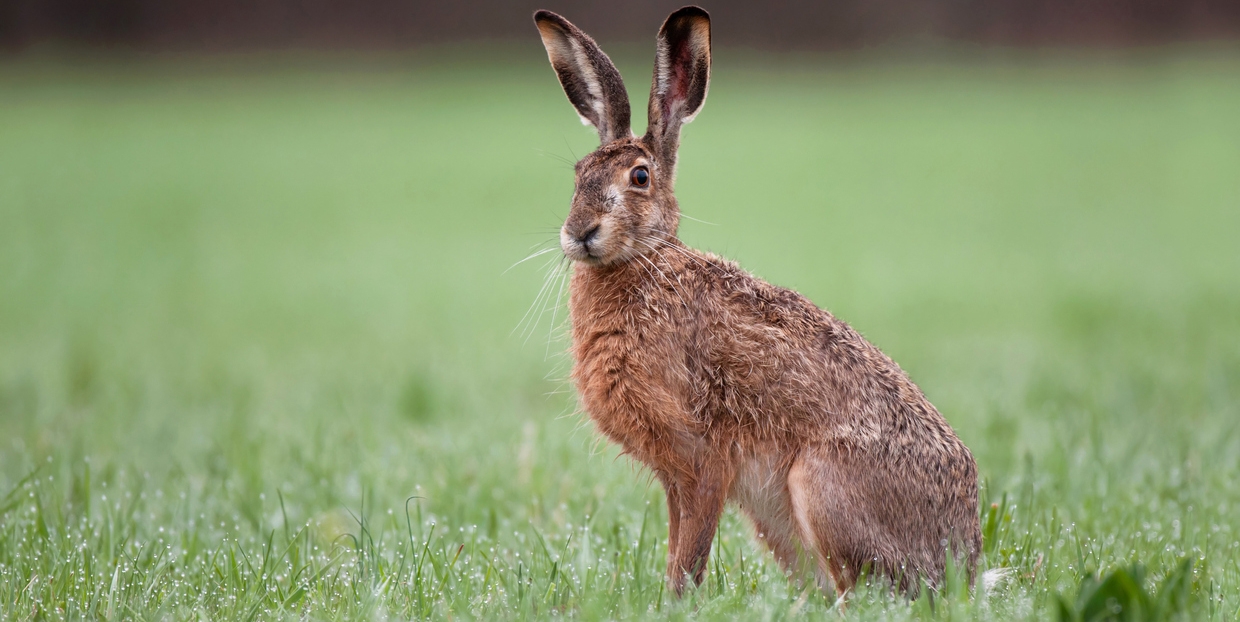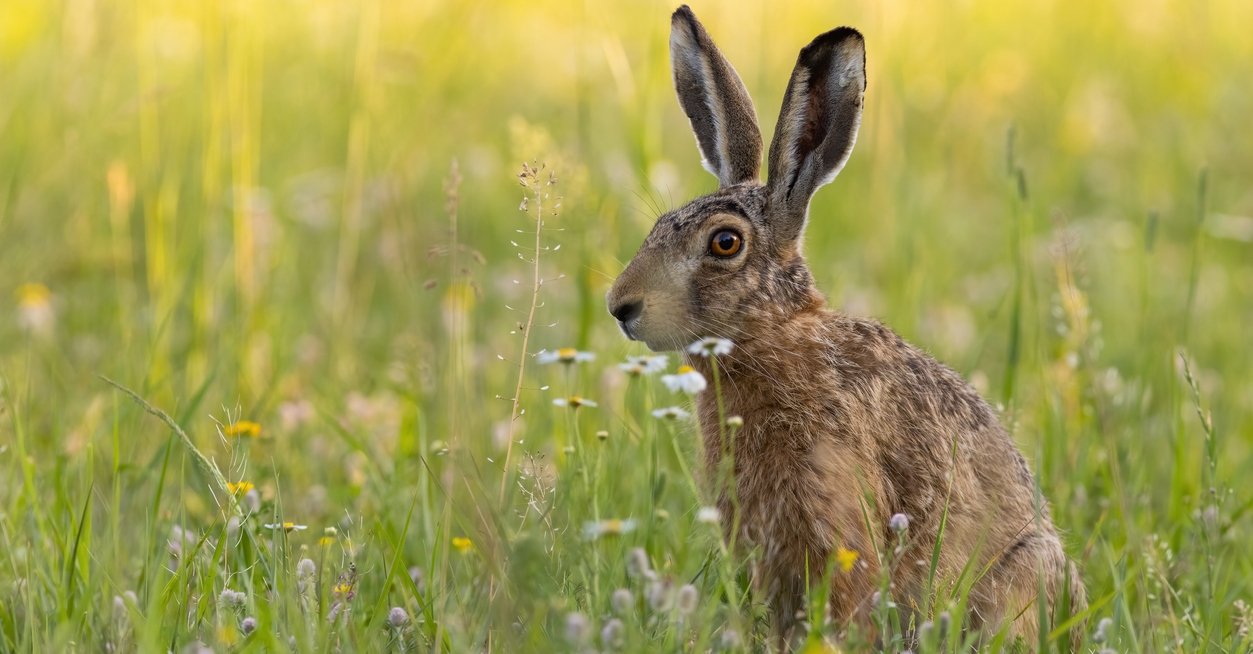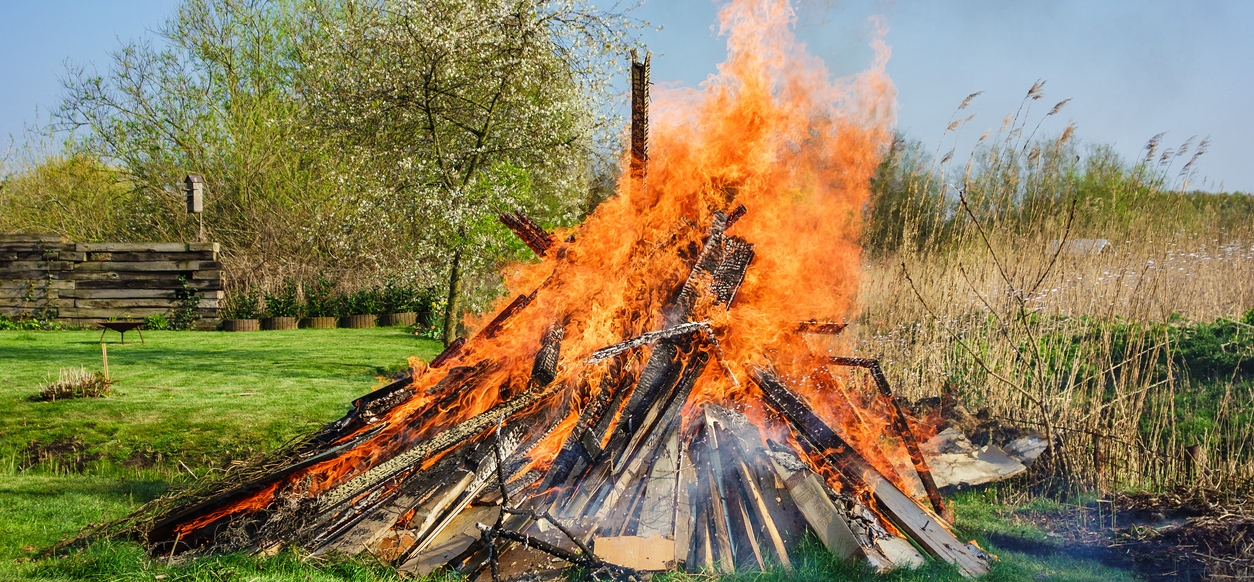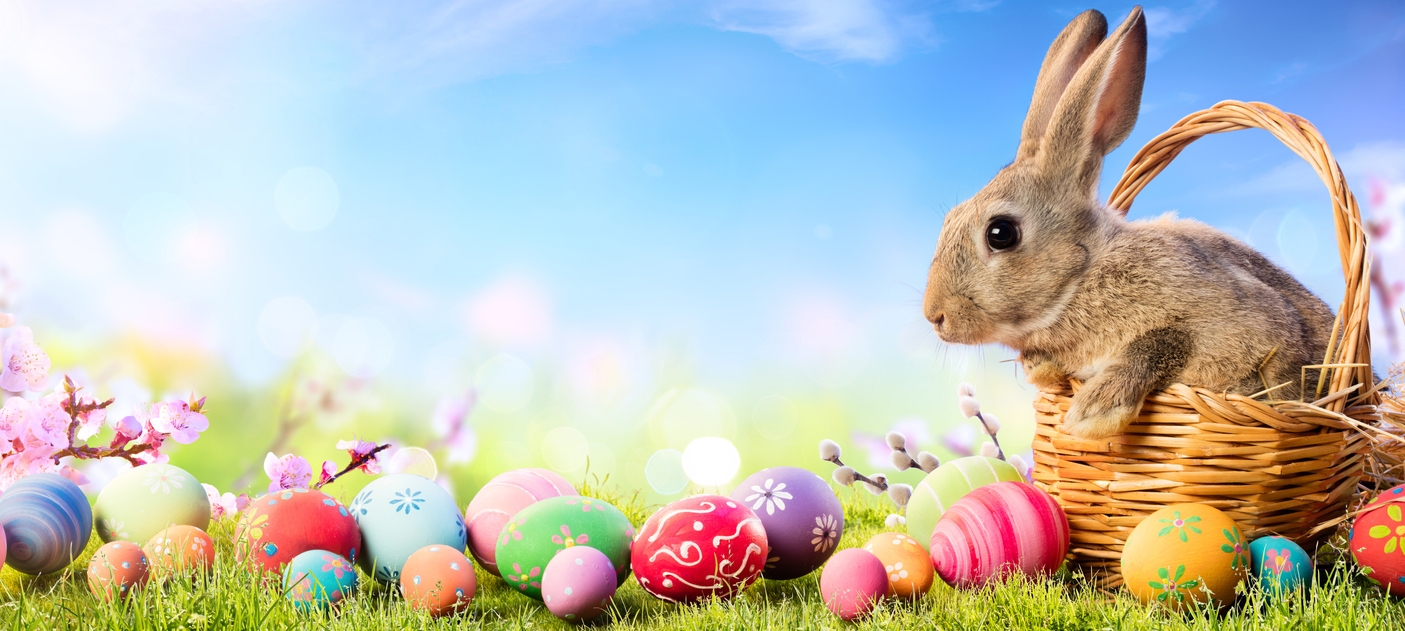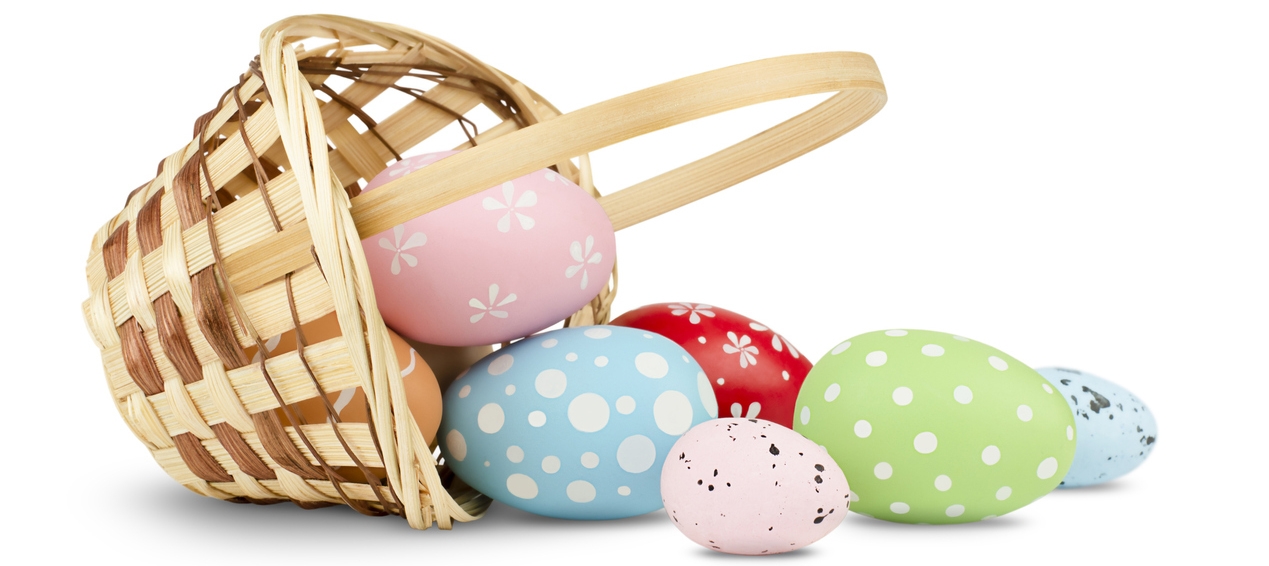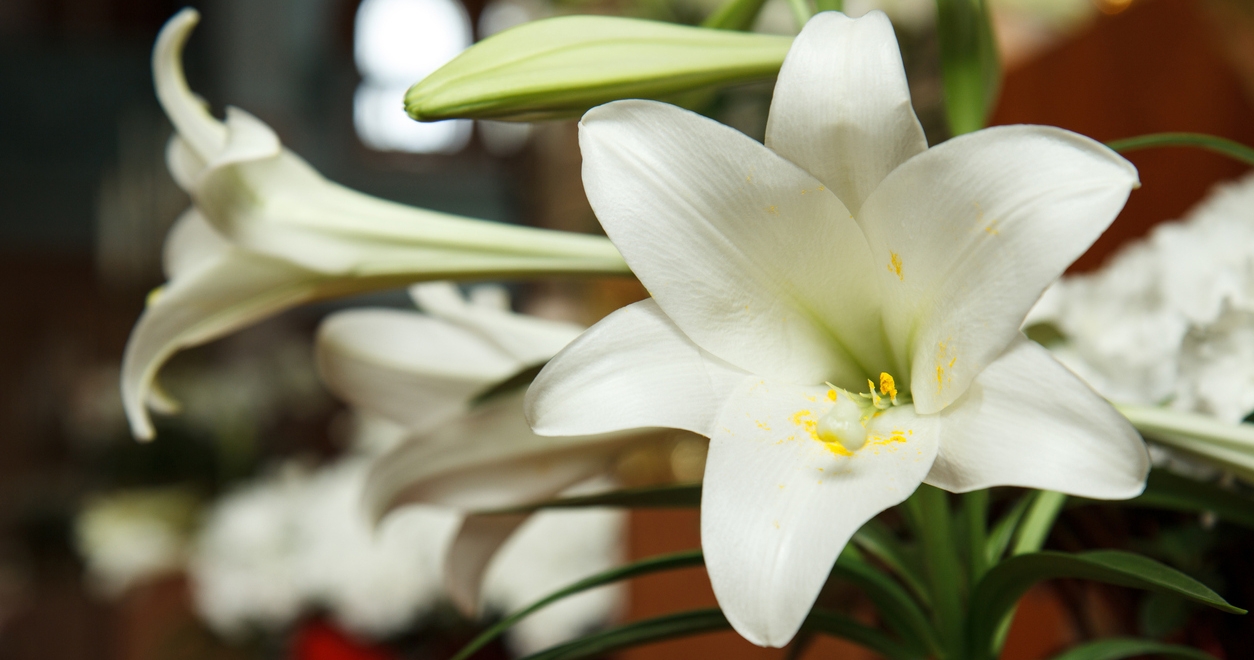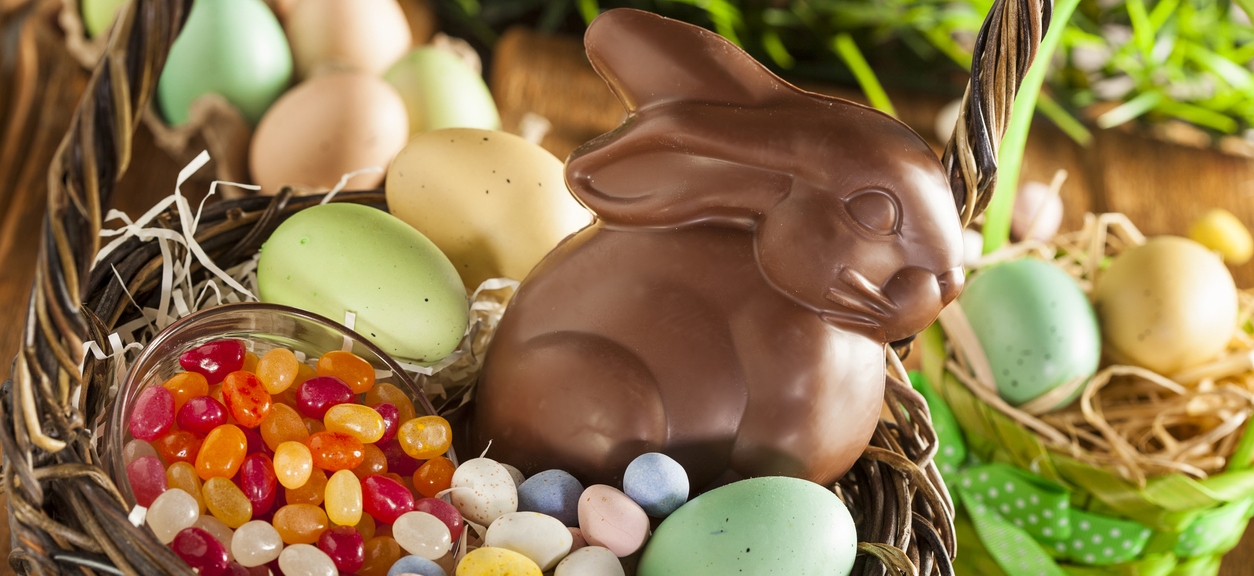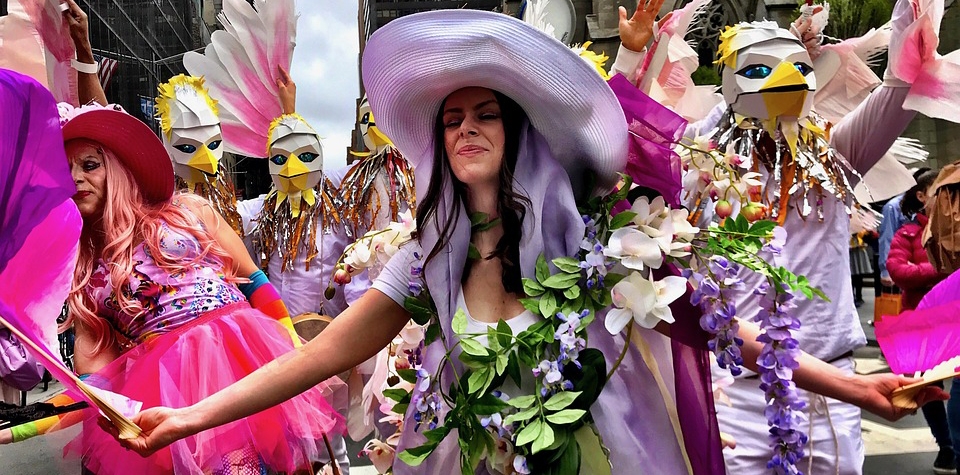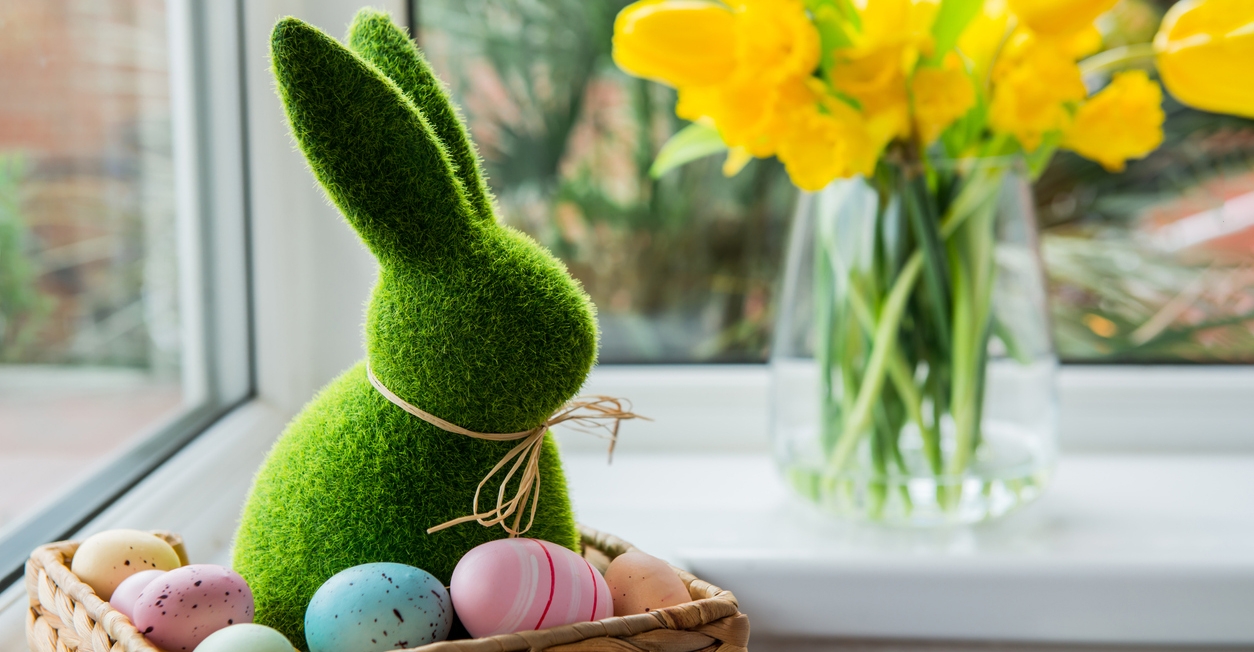Background
One of the Christian religious holidays that is observed in the United States and many other parts of the world is Easter. It celebrates the resurrection of Jesus Christ, who is revered by Christians as the Son of God. However, with some aspects of the holiday rooted in pagan and Jewish traditions, the origin of Easter dates back hundreds of years before Christ was even born. Today, a lot of people celebrate Easter, regardless of their religion. [1]
The celebration of Easter also comes with various traditions and symbols, and despite some of them being centuries old, these have changed throughout time. One of the most popular secular symbols of the holiday is the Easter Bunny. [2] It is a much-celebrated character in American Easter celebrations. During Easter Sunday, kids look for hidden special treats, which are often chocolate Easter eggs that the Easter Bunny might have left behind. [3] But it’s unclear exactly where the Easter Bunny came from. Some believe that they are from pagan traditions, while some view them as symbols of new life.
If Easter is one of the holidays that you are always looking forward to, have you ever wondered where its symbols, particularly the Easter Bunny, came from? Why is the symbol of Easter a Bunny, and why does it leave eggs? If you have the same questions in mind, you’re in the right place. In this post, we are going to give you more information about the origins of the Easter Bunny.
The Origins of the Easter Bunny
Even though it’s unclear where the Easter Bunny came from exactly, there are a number of old tales that might be related to the well-known figure we all know today.
Hare as a Religious Symbol
Eggs and flowers are two obvious symbols of female fertility, and since Easter is a celebration of spring and new life, they are appropriate. However, in European traditions, the bunny, which has amazing reproductive potential, is also not far behind. The Easter Bunny is called the Easter hare in European traditions. Through the years, the symbolism of the hare has had a lot of tantalizing ritual and religious roles. [3]
During the Neolithic Age in Europe, hares were given ritual burials alongside humans. This was interpreted by archaeologists as a religious ritual, with hares representing rebirth. After a thousand years, when the Iron Age came, ritual burials for hares became common. In 51 B.C.E., Julius Caesar stated that in Britain, hares were not eaten because of their religious significance. He would likely have known that in the classical Greek tradition, hares were sacred to the goddess of love, Aphrodite. Her son, Eros, was also often depicted carrying a hare as a symbol of ravenous desire.
Hares mostly appeared as symbols of sexuality in art and literature from the Greek world through the Renaissance. For instance, the Virgin Mary is usually shown with a white hare or rabbit, which symbolizes that she overcame sexual temptation. [3]
Hare Traditions in Europe
In England, brown hares are naturally found. Experts believe that rabbits native to Spain and France were introduced into the wild in Britain by the Normans after 1066. Soon, they multiplied and outnumbered the native hare. Their skill for reproducing most likely made them a suitable symbol for rebirth and fertility. [4]
The figure of the hare or bunny that is specifically connected to Easter is from the folk traditions of England and Germany. Records from 1600s Germany describe children hunting for Easter eggs hidden by the Easter hare, just like what we practice today during Easter. In addition to that, written records from England around the same time also mention the Easter hare, specifically in terms of traditional Easter hare hunts and the eating of hare meat at Easter.
There is one tradition, which is referred to as “Hare Pie Scramble,” that was held at Hallaton village in Leicestershire, England. This tradition involved eating a pie that was made of hare meat, and people were “scrambling” for a slice. In 1790, the local priest tried to stop this custom because of its pagan associations. However, he was unsuccessful, and the custom continues even today in that village. [3]
The eating of hare may be possibly associated with different longstanding folk traditions of scaring away witches at Easter. In Northern Europe, folk traditions record a strong belief that witches would usually take the form of a hare, mostly for causing mischief, such as stealing milk from neighbors’ cows. In medieval Europe, witches were believed to suck out the life energy of others, making them sick.
The idea that witches of winter should be exiled at Easter is a common European folk theme that appears in several rituals and festivities. One of these is the spring equinox, which promises new life. It was held symbolically in contrast to the life-draining activities of witches and winter.
The Osterfeuer, or Easter Fire, a celebration in Germany that involves enormous outdoor bonfires supposed to frighten away witches, is one example of how this belief explains the underlying rationale for a number of celebrations and rituals. There is also popular folklore in Sweden that states that during Easter, the witches fly away on their broomsticks to feast and dance with the devil on the legendary island of Blakulla, which is located in the Baltic Sea. [3]
Pagan Origins of the Easter Bunny
In 1835, Jacob Grimm, the folklorist and one of the popular team of the fairy tale Brothers Grimm, argued that the Easter hare was related to a goddess he imagined would have been named “Ostara” in ancient German. The name came from the Anglo-Saxon goddess Eostre, who Bede, an early medieval monk, considered to be the father of English history, which was mentioned in 731 C.E. [3]
According to Bede, in 8th-century England, the month of April was called Eosturmonath, or Eostre Month, which was named after the goddess Eostre. He said that the Christian celebration of Christ’s resurrection had absorbed a pagan spring festival held in her honor.
German and English continue to use the earlier, non-biblical word “Easter” when referring to the Christian event, although the majority of European languages use names derived from the Jewish holiday of Passover, such as Pâques in French or Psk in Swedish. [3]
Where Did the Easter Bunny We Know Today Come From?
According to some sources, German immigrants who arrived in Pennsylvania in the 1700s brought the Easter Bunny to America for the first time. They brought the custom of the “Osterhase” or “Oschter Haws,” an egg-laying hare. Their kids made nests where this creature could lay its colored eggs. [2]
The fabled rabbit’s Easter morning deliveries later grew to include chocolate and other types of sweet goodies as the tradition gained popularity in the United States. Decorated baskets were used in place of the nests. Carrots were frequently set out for the bunny by kids in case he grew hungry after hopping about all day. [2] The Easter bunny baskets today are also far more elaborate. They include toys, candies, and sometimes money.
The Origins of the Easter Bunny |
|
| Date | Event |
| Neolithic Age (8000 – 3000 B.C.E.) |
Hares were given ritual burials alongside humans. This was interpreted by archaeologists as a religious ritual, with hares representing rebirth. |
| Iron Age (1200 – 600 B.C.E.) |
Ritual burials for hares became common. |
| 51 B.C.E. | Julius Caesar mentioned that in Britain, hares were not eaten because of their religious significance. From the Greek world through the Renaissance, hares usually appear as symbols of sexuality in art and literature. |
| 2nd Century (101 – 200 C.E.) |
The first Easter celebration is said to have taken place in the 2nd century. However, historians believe that it occurred earlier, as the Vernal Equinox festival in honor of Eostra transitioned into the Christian holiday. |
| 1066 | Experts believe that rabbits, which are native to Spain and France, were introduced into the wild in Britain by the Normans. |
| 17th Century (1601 – 1700) |
Protestants in Europe had firmly connected rabbits and Easter. However, throughout the world, other animals are also associated with it. |
| 1600s | German writings from the 1600s were reportedly one of the first to mention an Easter hare in terms of the Easter Bunny’s specific ties to the Christian holiday. The Easter hare was said to have left colorful eggs for good children around Easter. |
| 1700s | Based on sources, the Easter Bunny first arrived in the United States in the 1700s. It was brought by German immigrants who settled in Pennsylvania and transported their tradition of an egg-laying hare referred to as Osterhase or “Oschter Haws.” |
| 1790 | A tradition called “Hare Pie Scramble” was held at Hallaton village in Leicestershire, England. It involved eating a pie made with hare meat and people “scrambling” for a slice. However, the local parson tried to stop the custom due to its pagan associations, but he was unsuccessful. The custom continues in that village even today. |
| 1835 | Jacob Grimm, the folklorist and among the famous team of the fairy tale Brothers Grimm, argued that the Easter hare was connected to a goddess he imagined would have been called “Ostara” in ancient German. It came from the Anglo-Saxon goddess Eostre, with the hare as her main symbol. |
| Present | Today, the Easter Bunny, along with the Easter eggs, are very popular, especially for kids. Many people are looking forward to hunting some hidden eggs every Easter. |
Other Easter Symbols and Traditions
In addition to the Easter Bunny, there are other popular symbols and traditions for Easter that are followed in the United States and other parts of the world. Below are some examples:
Easter Eggs
Even if Easter is a religious holiday, some of its customs, including Easter eggs, are likely connected to pagan traditions. The egg has a long history of being associated with paganism’s spring rituals as a sign of new life. Easter eggs are viewed from a Christian perspective as a representation of Jesus’ ascension from the grave and resurrection. According to some reports, Easter egg decorating has been a ritual since at least the 13th century.
Eggs were once a prohibited meal during the Lenten season, so people would paint and decorate them to signify the end of the period of penance and fasting, then eat them on Easter as a celebration. This is one reason for the ritual.
Egg rolling and Easter egg hunts are two well-known customs using eggs. The Monday following Easter is traditionally when children in the United States compete in the White House Easter Egg Roll, a race in which they push painted, hard-boiled eggs over the White House lawn. When Rutherford B. Hayes was in office as president in 1878, the first official White House egg roll took place. The activity has no religious significance, but some have theorized that rolling eggs represent the removal of the stone from Jesus’ tomb, which allowed for his resurrection. [2]
Easter Lilies and Flowers
White Easter lilies are frequently used as decorations in churches and homes during the Easter season as they represent the purity of Christ to Christians. Their growth from underground bulbs that are lifeless to blossoms represents the hope and rebirth of Christ’s resurrection. Lilies are native to Japan and were introduced to England in 1777. After World War I, they made their way to the United States, where they have since established themselves as the unofficial flower of Easter celebrations. [2]
Easter Candy
Next to Halloween, Easter is the second best-selling candy holiday in the United States. Chocolate eggs and jelly beans are two of the sweets most commonly associated with Easter. The National Confectioners Association estimates that more than 16 billion jelly beans are produced in the United States annually for Easter, enough to fill an enormous egg that is 89 feet high and 60 feet wide.
The marshmallow Peep, a sweet, pastel-colored treat, has been the most popular non-chocolate Easter delicacy for the past ten years. In the 1950s, Peeps were first offered for sale by the candy company Just Born in Bethlehem, Pennsylvania. Yellow chicks flavored with marshmallows were the Peeps’ initial shape, but subsequent variations like chocolate mousse bunnies and other shapes and flavors were added. [2]
Easter Parade
The Easter Parade custom in New York City dates back to the middle of the nineteenth century, when members of society’s upper strata would attend Easter services at various Fifth Avenue churches and then wander outside afterward to flaunt their brand-new springtime attire and hats. By the middle of the 20th century, the custom had peaked, and in 1948, Irving Berlin’s beloved “Easter Parade,” starring Fred Astaire and Judy Garland, was produced. Fifth Avenue in Manhattan is closed to traffic during the day from 49th Street to 57th Street in observance of the Easter Parade. Participants frequently wear hats and bonnets with intricate decorations. [2]
Interesting Facts About the Easter Bunny
If you want to learn more about the famous Easter character, below are some of the interesting facts about the Easter Bunny that you need to know:
- The Easter Bunny generates $18 billion in revenue annually in the US. The National Retail Federation estimates that eight in ten American adults celebrate Easter and that shoppers spend, on average, $151 per person on everything from clothing and sweets to cards and flowers.
- In other countries, the Easter Bunny is not a bunny at all. For example, in France, people celebrate Easter with flying church bells, as the bells across the country are silent from Good Friday until Easter Sunday. French youngsters are informed that the silence of the bells is due to their having developed wings and flying to Rome to receive the pope’s blessing. On Sunday morning, when the bells sound once again, French children discover chocolate bells that the flying bells claimed to have left for them while returning to their separate bell towers.
- The Easter Bunny is an Arctic hare based on the snow hare’s customarily white fur as well as the paganism that inspired the Easter Bunny (the goddess Eostre’s bird-cum-bunny Lepus was a snow hare).
- Most of the bunnies at shelters were bought as Easter gifts. As Easter gifts, hundreds of newborn rabbits are bought and given away, then neglected or abandoned. In fact, it’s been said that up to 80% of all the bunnies available for adoption at shelters were initially bought as Easter gifts.
- Children with autism are catered to by a sensory-friendly Easter Bunny. The Autism Speaks-sponsored event took place in malls around the country in 2017, with the lights turned down, the music turned down, and noisy fountains and escalators turned off to accommodate children who cannot handle the visual and auditory stimulation of a typical mall. At several malls, it has now become an annual custom.
- Every Easter, up to 91 million chocolate bunnies are sold in the United States.
- More than 78% of Americans eat the ears of the chocolate bunny first.
- The largest chocolate bunny was made in Brazil, and it weighed 9,360 pounds. It was made by Equipe da Casa do Chocolate, and it took 9 professionals eight days to finish making it.
- The most expensive chocolate Easter bunny cost $49,000, as it used 1.07-carat solitaire diamonds for its eyes.
- Sean Spicer, a former American press secretary, once served as the White House Easter Bunny.
Conclusion
The history of the Easter bunny is largely marketing-related and has little to do with Easter. Bunnies, fluffy yellow chicks, baskets of gifts, or chocolate aren’t even mentioned in the biblical account of Easter, much less in relation to the resurrection specifically. That’s why even though there are different stories about the origins of the Easter Bunny, it is still quite confusing to think about why it was chosen as one of the symbols of Easter. But no matter what its real origins are, the fact is that most people celebrating Easter are used to seeing the famous Easter bunny and are always looking forward to hunting for its hidden eggs. We hope this post helped you learn more about the origins of the Easter Bunny.
References
[1] Andersen, C. H. (2022, April 18). What is Easter and why do we celebrate it? Reader’s Digest. Retrieved September 2, 2022, from https://www.rd.com/article/what-is-easter/
[2] History.com, E. (2009, October 27). Easter symbols and traditions. History.com. Retrieved September 2, 2022, from https://www.history.com/topics/holidays/easter-symbols#easter-Bunny
[3] Thompson, T. (2022, April 14). The ancient origins of the Easter Bunny. Smithsonian.com. Retrieved September 2, 2022, from https://www.smithsonianmag.com/history/the-ancient-origins-of-the-easter-Bunny-180979915/
[4] Ring, R. (2021, March 24). The origins of the Easter Bunny. St Neots Museum. Retrieved September 2, 2022, from https://www.stneotsmuseum.org.uk/articles/the-origins-of-the-easter-bunny/
[5] Alderton, M. (2020, April 7). 13 incredible easter bunny facts you never knew. Best Life. Retrieved September 2, 2022, from https://bestlifeonline.com/easter-bunny-facts/
[6] Raga, S. (2019, April 19). 10 things you may not know about the Easter Bunny. Mental Floss. Retrieved September 2, 2022, from https://www.mentalfloss.com/article/94180/10-things-you-may-not-know-about-easter-bunny
[7] Shaw, G. (2022, April 17). 21 fun facts about Easter that might surprise you. Insider. Retrieved September 2, 2022, from https://www.insider.com/surprising-easter-fun-facts-stats-2019-4

